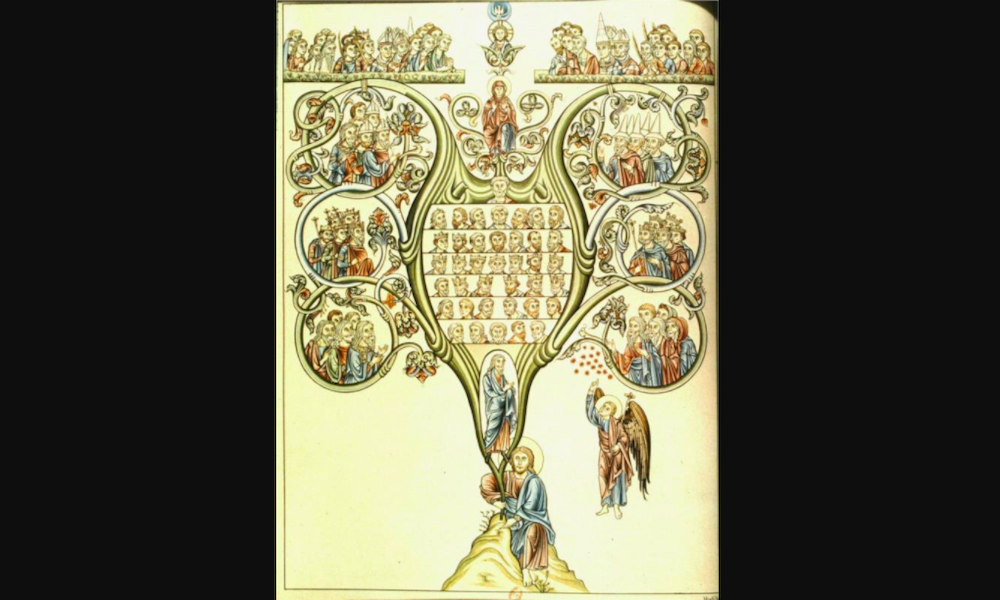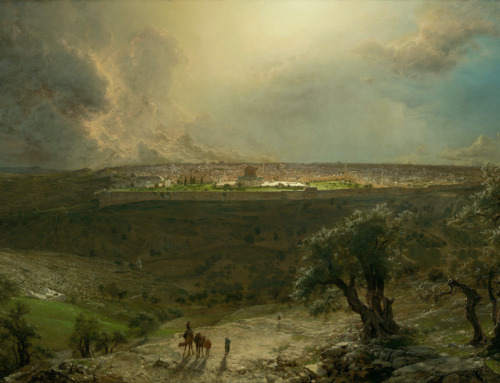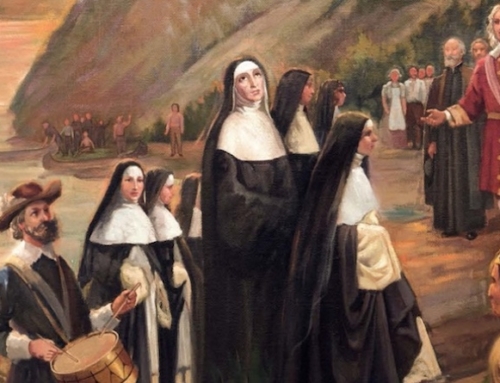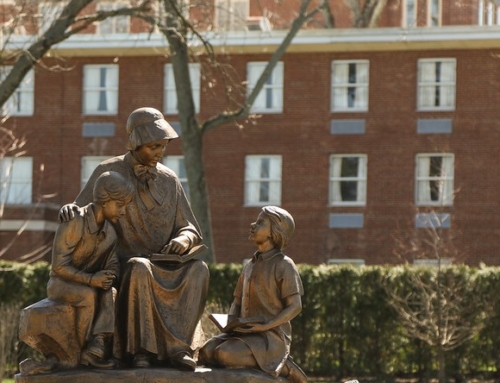2020 Advent Series: O Radix Jesse
“O Root of Jesse, standing as a sign among the peoples;
before you kings will shut their mouths,
to you the nations will make their prayer:
Come and deliver us, and delay no longer. ”
A root is a strange image to conjure up in anticipation of someone’s birth, not to mention the birth of someone supremely important. We would, I think, expect something more like a flower, perhaps a blossom, rather than a root. After all, a birth is a coming forth, an arrival, and a root does not really evoke these thoughts. True, we all seem to recognize that roots are essential to the life of plants, but they hardly portray the majesty we expect from the Son of God and King of kings. Nonetheless, the title “Root of Jesse” calls to mind several other important details about the Son’s Incarnation as man.
Roots are often hidden, at least partially. Jesus’s human origins likewise are hidden, at least partially. His ancestor is David, the son of Jesse, but due to Israel’s tumultuous history, this genealogy is not easy to follow (one need only compare Matthew’s and Luke’s lists on this point to discover the difficulty). Nonetheless, Jesus’s human lineage reaches deep. He is a member of the royal family, the son of David long ago promised by God. These origins remind us of God’s providential guidance of human history, that it is not an accident that Jesus descends from Jesse’s royal son. This divine providence culminates not in an endless series of mortal rulers, but the coming of the Father’s own Son, a king to whom all “the nations will make their prayer.”
Roots also gather nourishment from the earth for the rest of the plant. Water and other necessary compounds are drawn in by the roots to be shared with the more visible parts of the plant. Likewise, Jesus made himself the conduit to share with us supernatural life. In John’s Gospel, Jesus calls himself the vine and us the branches (John 15:1–7). This metaphor works much the same. Without Jesus, our spiritual life withers and dies, like a branch severed from the vine or plant removed from its roots. But the image of the root gives us a different perspective on this truth. Unlike the vine, which is visible, the activity of the roots often goes unnoticed. Jesus pours forth his grace, his spiritual nourishment, upon us in this often unnoticed way. But he is always there, always supporting our growth, and always sharing with us his own life.
Finally, by reaching deep into the earth, roots anchor a plant. An old tree with strong roots can endure any storm. In a similar way, Jesus anchors us, roots us not in this world, on this earth, but in the very life of God himself, in eternity. For the root of Jesse is not exhausted by human powers. Jesus is God as well as man. These roots draw strength from the divine nature. The union of divinity and humanity in Jesus Christ makes it possible for human contact with Jesus also to be contact with God. This Incarnation of God as one of us gives us the confidence to draw near and ask, not for mere worldly stability but the eternal life to come: “Come, and deliver us, and delay no longer!”
✠
Image: Herrad of Landsberg, Tree of Jesse







